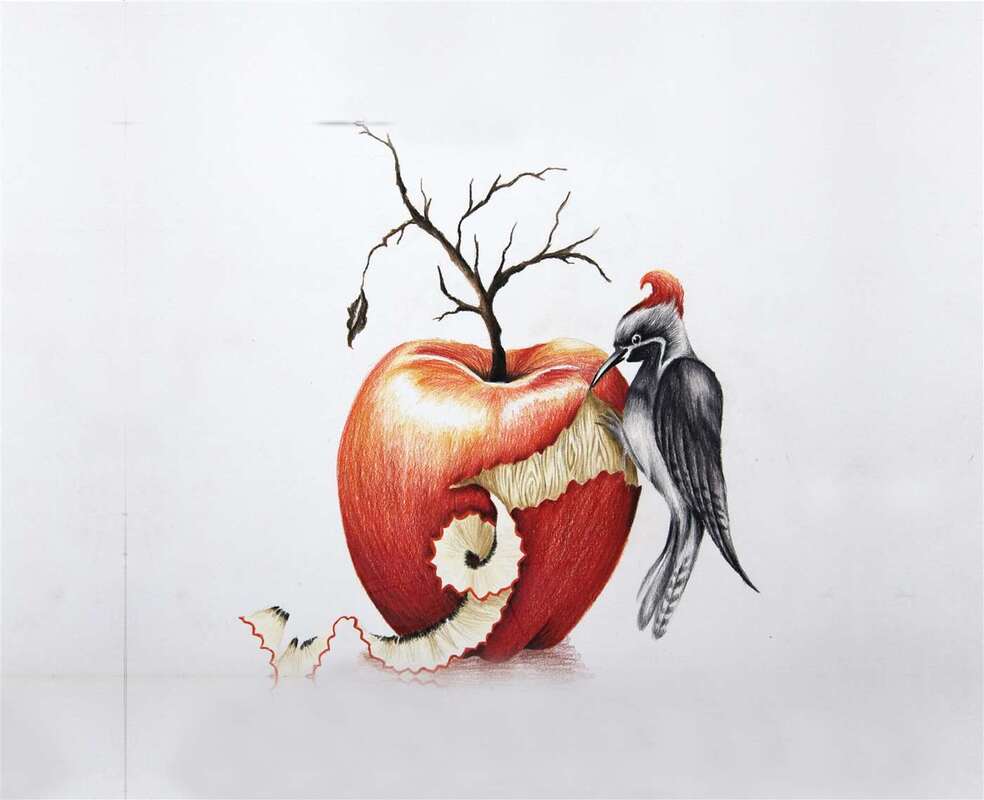|
Our taste preferences and perceptions differ vastly from how others experience taste. Not only do taste trends come and go as we are introduced to new food products, regional variations, and flavour innovations, our preferred tastes change as we age. As marketers, we need to incorporate verbal, visual and experiential perspectives when marketing taste. The single sip Blind taste tests are a popular way for competitor brands to determine which brand consumers prefer — solely based on taste. Products are placed in unmarked containers and given to consumers to taste and indicate which they like most and for what reasons. It isolates consumer perception and preference around taste, avoiding other influences inherent in branding. Sensation transference is the impact on taste by consumers’ subconscious associations with branding and packaging. In other words, we eat first with our eyes. We transfer the way a product appears over to our perception and experience of its taste. The Pepsi Challenge — an ongoing marketing promotion since 1975 — has consumers taste unbranded Pepsi and Coca-Cola. This challenge has revealed that most American consumers prefer the sweeter taste of Pepsi. But there is a twist to this tale: other studies have shown that, while consumers are more likely to prefer a sweeter option when allowed just a single sip, they would opt for a less-sweet alternative when drinking a larger amount over time. The taste mistake In an attempt to replace the original recipe with something sweeter, Coca-Cola introduced “New Coke”, which later became “Coke II”. ‘The new taste of Coca-Cola’ was considered by many as a major marketing failure. The original Coke formula was then reintroduced and rebranded as Coca-Cola Classic. There was a significant spike in sales, causing consumers and critics to question whether it all was just a marketing ploy or truly a cautionary tale. In 2016, Coca-Cola launched its “Taste the Feeling” campaign, shifting from a lifestyle brand to focusing more on its unmatched taste. For many, the taste of Coca-Cola is unbeatable — partly because of the powerful, subconscious and emotional experiences evoked when drinking Coke. Coca-Cola’s new campaign is particularly targeted at lapsed consumers, reminding them of the nostalgic and youthful associations they may have with the brand. The taste of place Terroir is described as the characteristic taste and flavour of a product that has been influenced by the environment in which it was produced. These include physical factors and practices involved in its production. Terroir impacts the perception and price of a product, particularly in wine, cheese, pork, cognac and coffee. There exists a relationship between taste and place. We see this clearly in single-origin coffees such as those served at Starbucks. Sourcing coffee beans from an isolated region seems to intensify the characteristic taste unique to that location. When marketing taste, we need to develop a strategy that is both appealing and that creates the impression of benefit. The challenge is to do so through justified claims and without making comparisons: a product needs to stand for the best. Edible products need to be portrayed as both tasty and flavourful in order to convey enjoyment, to be memorable and connect with consumers’ existing memories, and to be perceived as being beneficial in addressing a need or desire. This article was published on Marklives
0 Comments
Leave a Reply. |
MARGUERITE COETZEE
ANTHROPOLOGIST | ARTIST | FUTURIST CATEGORIES
All
|

 RSS Feed
RSS Feed
